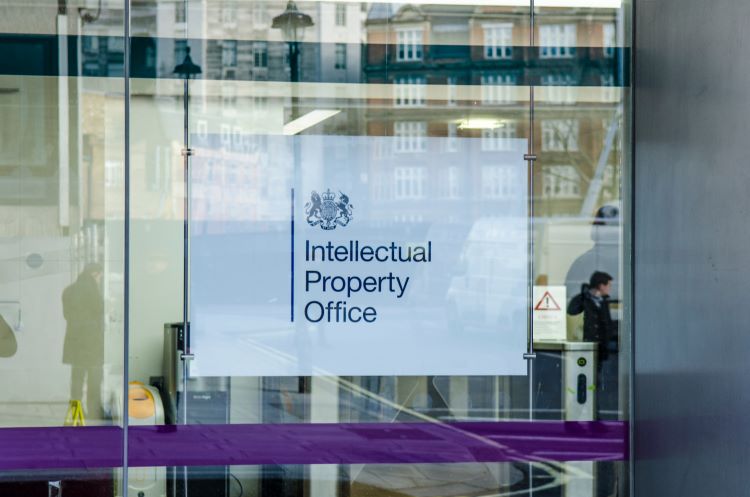Intellectual Property Office releases findings from design protection review

by IBRAHIM
Intellectual Property Office releases findings from design protection review

The report reveals that the current system may be negatively affecting smaller design companies.
The Intellectual Property Office (IPO) has released the government’s responses to a call for views of the UK designs framework.
The Design Framework or “designs systems” as the IPO also calls it, refers to the way the UK currently protects designs. It is this which has been under review in the wake of the UK leaving the European Union (EU).
The findings follow a 2-month informal consultation which ran from January to March, during which the government asked for evidence-based responses to questions about the current framework. The survey covered topics like the complexity of the system, the quality of the user-experience, and the value of IP rights.
The call for views was triggered by the completion of Brexit, as the government says it saw a chance to give the UK a “competitive edge” with an up-to-date and flexible legal framework. It received 57 responses from the likes of designers, design consultants, academics, legal firms/bodies, and SMEs.
Findings and government responses were split into several categories.
Registering designs
The informal consultation unearthed mixed views on implementing mandatory search and examination registration in the design framework. While some thought that it could increase validity of design protection, others were worried about delays and increased costs of registering designs.
One suggested solution which the government will consider is an AI tool that could be used by both the IPO and customers performing searches. The response analysis detailed that such a tool could increase accessibility for those without professional legal representation while also reducing invalid filings.
Other respondents were in favour of a two-tier system such as that offered by IP Australia. This would entail a novelty search, which is used to figure out if an invention is new and original by looking for prior art, before any enforcement. This would be quick and affordable, but some expressed concerns that it could delay enforcement.
The government was also urged to consider joining the World Intellectual Property Organisation’s (WIPO) digital access system (DAS) for designs which could help reduce administrative burden on applicants who file in multiple countries. The report detailed that this will be considered as part of the IPO’s digital transformation programme.
Simpler design systems
While some respondents were in favour of having different types of design protection that allow for flexibility, the general view was that they overlap, making the UK system too complex.
A key finding was that lone designers and small companies who cannot afford to employ legal representatives have difficulty understanding the system. The designs survey showed that nearly half of respondents were not aware a design could be registered, and three-quarters indicated they had a poor knowledge of unregistered design protection.
Multiple requests for better guidance to help creators unfamiliar with IP law were made. This would help them to navigate the system and better protect their products. The government has agreed to investigate the suggested solutions, which include a single unregistered design system, harmonising provisions for authorship of computer-generated designs, and a review of the overlap between the design and copyright regimes. This could result in a single piece of legislation.
Despite the government wanting to differentiate any future IP system from current EU legislation, some respondents were keen to maintain accord with the EU designs regime, as it would benefit businesses operating globally. This links closely to another finding in the call for views: that businesses operating globally must now choose between SUD protection in the UK or unregistered community design protection (UCD) in the EU.
Harmonising with the EU designs regime and joining the WIPO could minimise cost and effort required from designers, so the government has agreed to consider this.
Future Technologies
The majority of respondents were of the opinion that AI should not be recognised as the owner or author of a design. Though the general view was that existing laws that cover computer-generated designs are sufficient, there were some concerns as to whether it would meet the needs of future technology.
One finding was that the current system may not provide adequate protection against infringement assisted by 3D and 4D printing, while another was that the list of the IPO’s allowable file formats was not extensive enough.
The government showed recognition that new technologies will inevitably impact designers so, in turn, it has agreed to keep these laws under review.
Enforcement
Some respondents expressed that enforcement in the UK is not only expensive, but also ineffective as it favours those with significant financial resources. The government has acknowledged that the complexity and cost of bringing legal action has a knock-on effect on smaller design companies and says it will consider how this can be made easier for all rights owners.
One suggested solution was to introduce a designs opinions service that would provide a form of expert determination without the cost of litigation.
What happens next?
The call for views was the first stage of the process. Now that the findings have been released they will inform a new set of questions, composed by the IPO and designers who have engaged with the process.
Next will be a formal consultation. These are usually followed by proposals.
An IPO spokesman says, “We are keen to hear from world leading industry professionals during the next stage of the process, including Design Week readers and those who do not usually engage with the government.”
There is no concrete timeline laid out for the next steps, but you can follow the process and stay up to date from the government website.
Recommended Posts

NB invites local designers centre stage for Vineyard Theatre rebrand
February 24, 2023

“AI revolution” will change way design studios look within three years
February 24, 2023

Rbl rebrands ZSL with ecosystem-inspired identity
February 23, 2023

